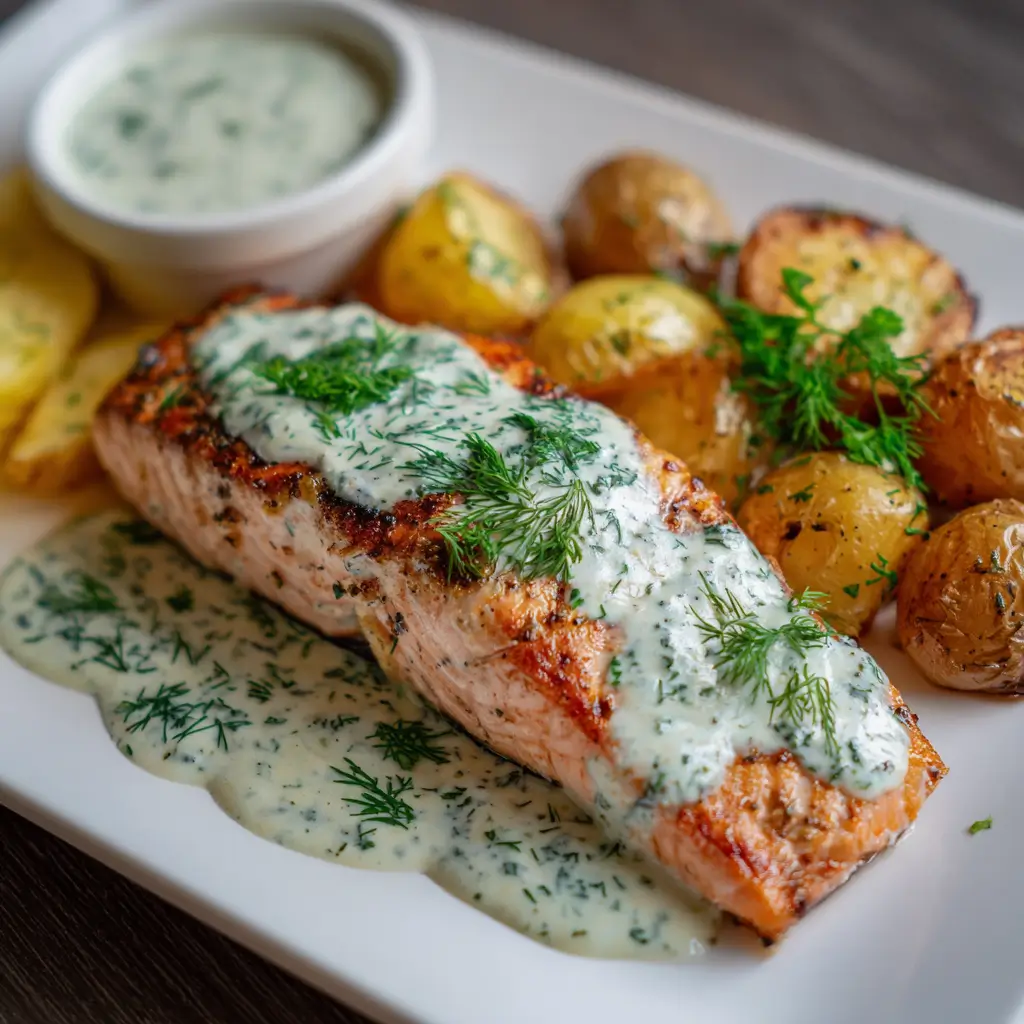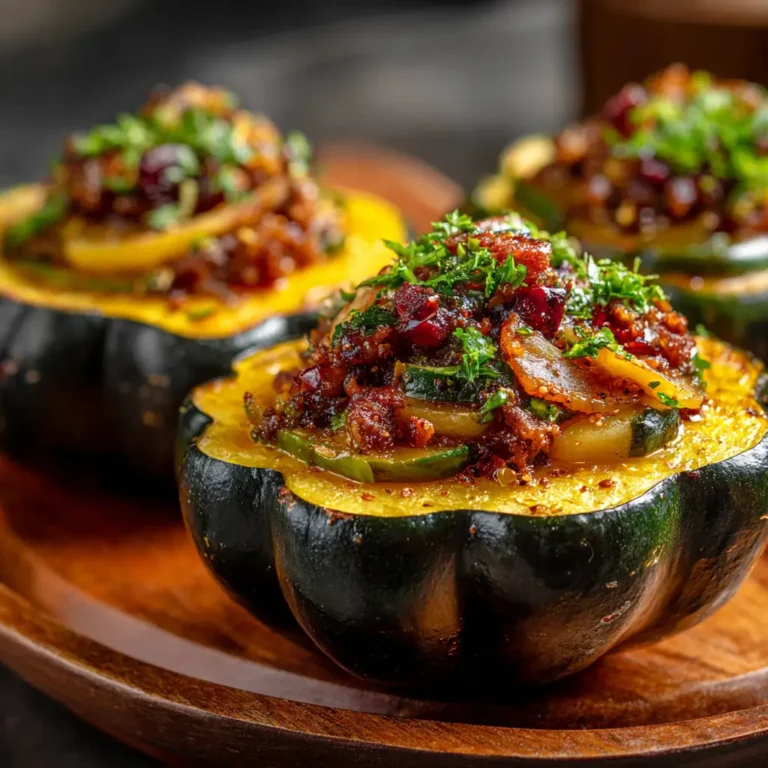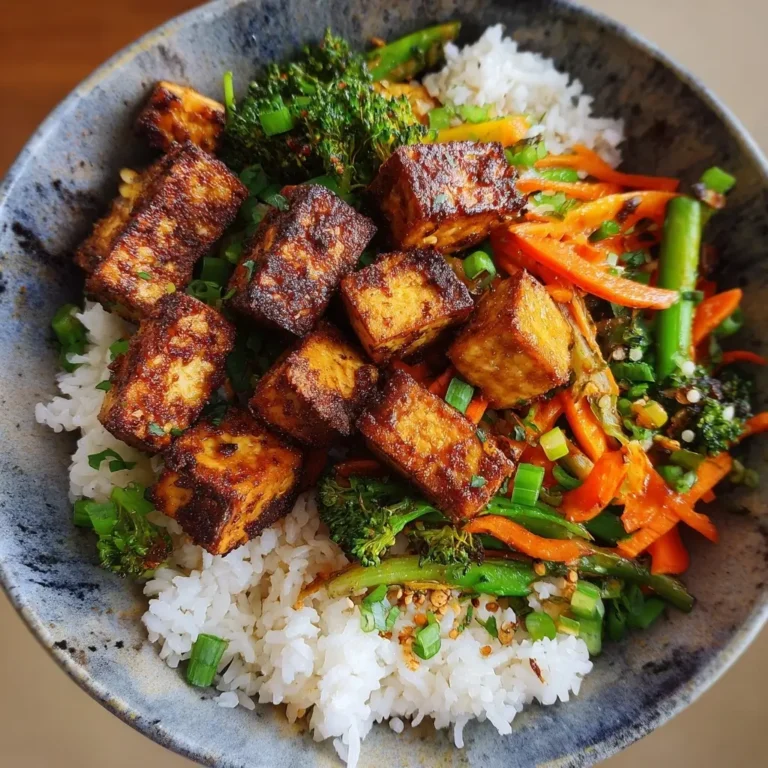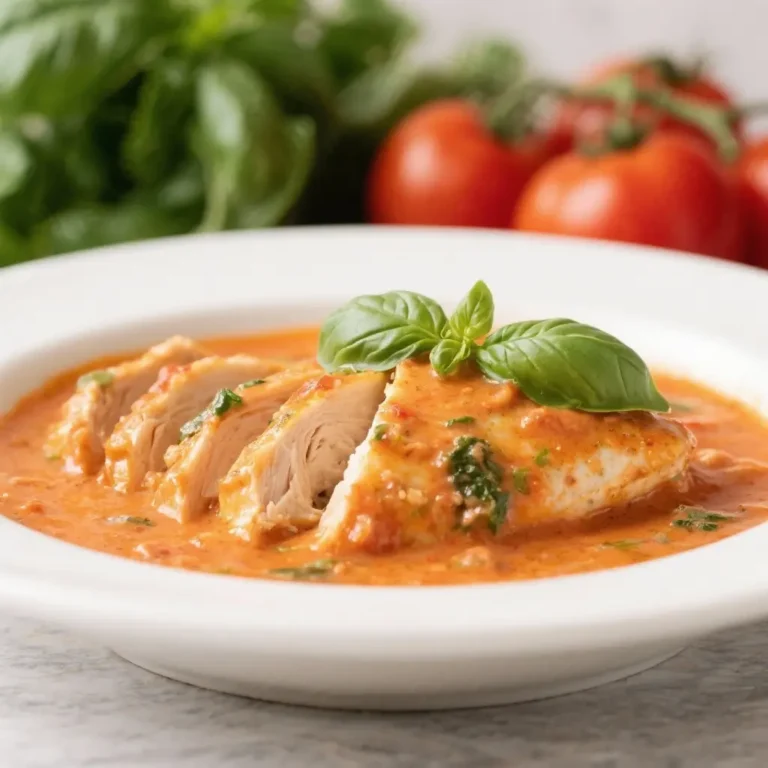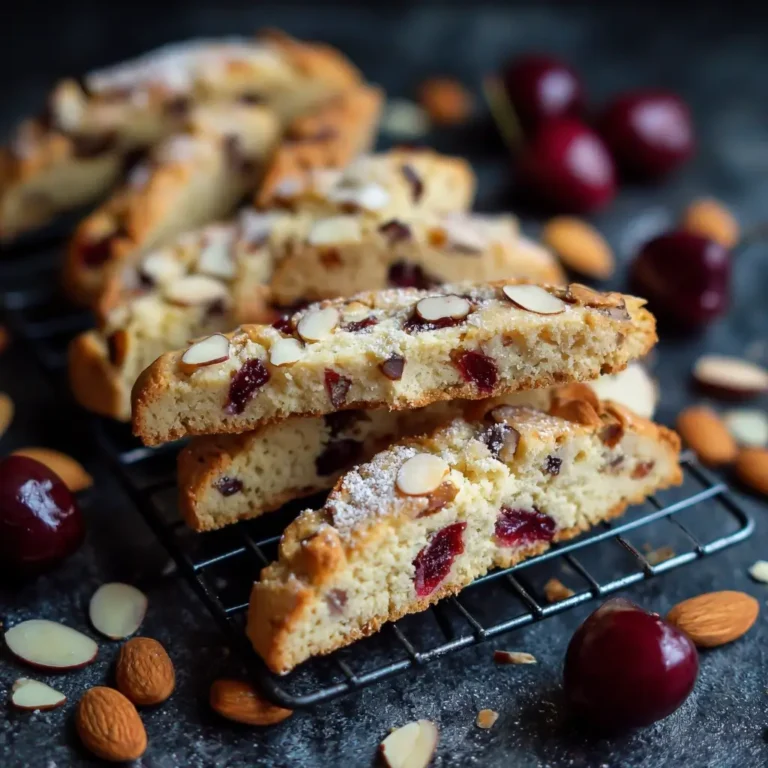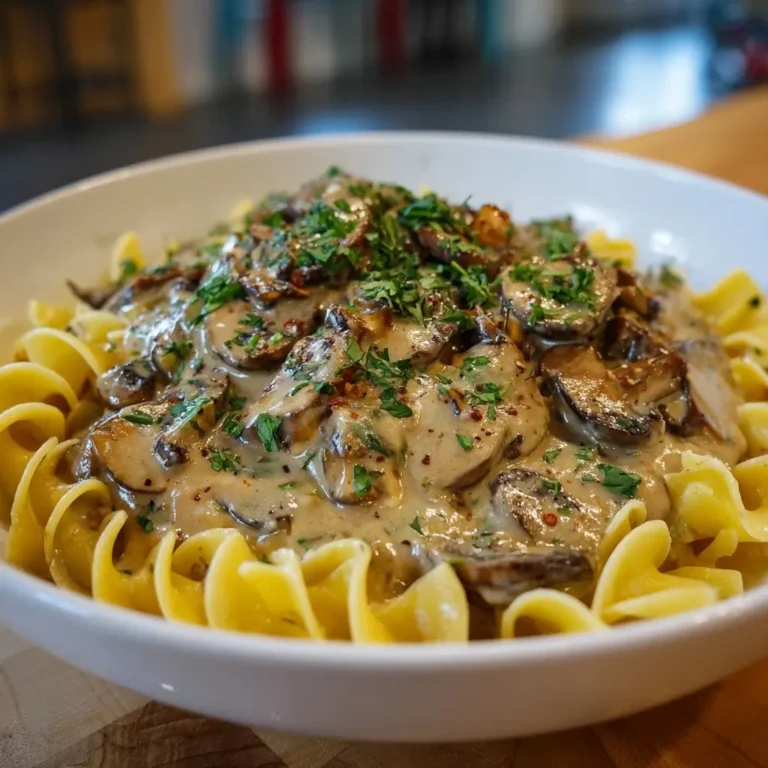Baked Salmon with Dill Sauce
Introduction
Baked salmon with dill sauce is a classic and elegant dish that combines the rich, buttery flavor of salmon with the bright, fresh taste of dill. It’s a perfect balance of simplicity and sophistication, making it ideal for both weeknight dinners and special occasions. The tender, flaky texture of the salmon pairs beautifully with the creamy, herbaceous dill sauce, creating a dish that’s both satisfying and nutritious.
The History
Salmon has been a staple in coastal cuisines for centuries, particularly in Scandinavian and Eastern European cultures. Dill, a staple herb in these regions, complements the natural oils in salmon and has been used for both flavor and its digestive benefits. Baked salmon with dill sauce became popular as a refined way to enjoy the fish without overpowering its delicate taste. Over time, this dish has been embraced worldwide, especially among those seeking healthy, flavorful meals rooted in tradition.
Ingredients Breakdown
The key to a successful baked salmon with dill sauce lies in the quality and balance of ingredients. The salmon should be fresh, preferably wild-caught, for the best flavor and nutritional profile. Dill is the star of the sauce, but it’s enhanced with ingredients like Greek yogurt or sour cream, lemon juice, garlic, and fresh herbs. Optional additions like capers or mustard can add depth and complexity to the sauce. The seasoning for the salmon typically includes lemon, garlic, salt, pepper, and olive oil to enhance the natural flavors.
Step-by-Step Recipe
- Preheat your oven to 375°F (190°C).
- Rinse and pat dry the salmon fillet. Place it skin-side down on a parchment-lined baking sheet.
- Season the salmon with salt, pepper, minced garlic, and the juice of half a lemon.
- Drizzle olive oil over the top and place lemon slices on the fillet for extra flavor.
- Bake for 12–15 minutes, or until the salmon flakes easily with a fork.
- While the salmon is baking, prepare the dill sauce by mixing Greek yogurt or sour cream with fresh chopped dill, lemon zest and juice, minced garlic, salt, and pepper.
- For extra flavor, add a teaspoon of Dijon mustard or a few chopped capers to the sauce.
- Once the salmon is done, let it rest for a few minutes before serving with a generous dollop of dill sauce on top.
Tips
- To ensure even cooking, bring the salmon to room temperature before baking.
- Don’t overcook the salmon—it should be moist and slightly translucent in the center.
- If you’re using frozen salmon, thaw it completely in the refrigerator overnight.
- For a richer sauce, use a combination of sour cream and Greek yogurt.
- Always use fresh dill for the best flavor—dried dill doesn’t provide the same brightness.
- Letting the sauce sit in the fridge for 15–20 minutes before serving allows the flavors to meld together beautifully.
Variations and Customizations
- Try adding a honey or maple glaze to the salmon before baking for a touch of sweetness.
- Swap out the dill for fresh parsley or chives if you prefer a milder herb flavor.
- Add a kick of heat by including a dash of hot sauce or a pinch of crushed red pepper flakes in the sauce.
- Use a crust of crushed almonds or panko breadcrumbs mixed with herbs for added texture on the salmon.
- Make it a main course by serving with roasted vegetables, quinoa, or mashed potatoes.
Health Considerations and Nutritional Value
Salmon is a powerhouse of nutrition, packed with omega-3 fatty acids, high-quality protein, and essential vitamins like B6, B12, and D. Omega-3s are known to support heart health, reduce inflammation, and improve brain function. The dill sauce made with Greek yogurt adds a healthy dose of probiotics and protein while keeping the fat content low. For a lighter version, use low-fat yogurt or a cashew-based vegan alternative. This dish is naturally gluten-free and can be adapted to fit paleo, keto, or Mediterranean diets with minor adjustments.
Ingredients
For the Salmon:
- 2 salmon fillets (6 oz each)
- Salt and freshly ground black pepper
- 2 cloves garlic, minced
- 1 lemon, juiced and sliced
- 2 tbsp olive oil
For the Dill Sauce:
- 1/2 cup Greek yogurt or sour cream
- 2 tbsp fresh dill, chopped
- 1 tbsp lemon juice
- Zest of 1/2 lemon
- 1 clove garlic, minced
- Salt and pepper to taste
- Optional: 1 tsp Dijon mustard or 1 tbsp chopped capers
Directions
- Preheat oven to 375°F (190°C) and line a baking sheet with parchment paper.
- Place salmon fillets skin-side down on the baking sheet.
- In a small bowl, mix olive oil, lemon juice, garlic, salt, and pepper, then brush over the salmon.
- Top with lemon slices and bake for 12–15 minutes or until flaky and just cooked through.
- While salmon bakes, make the dill sauce by combining Greek yogurt, fresh dill, lemon zest and juice, garlic, salt, pepper, and optional ingredients.
- Stir well and refrigerate until ready to serve.
- Once salmon is done, let it rest for 5 minutes, then serve with dill sauce spooned over the top.
FAQ
Can I use fresh dill instead of dried?
Yes, fresh dill is highly recommended for the best flavor and aroma. Dried dill can be used in a pinch, but use about one-third the amount.
Can I prepare the dill sauce ahead of time?
Absolutely! The sauce tastes even better after sitting for 30 minutes to allow the flavors to develop. Store it in the refrigerator for up to 3 days.
How do I know when the salmon is done?
The salmon should be opaque and flake easily with a fork. An internal temperature of 145°F (63°C) is ideal.
Is this dish suitable for meal prep?
Yes, you can bake the salmon ahead and store it in the fridge for up to 2 days. Add the dill sauce just before serving to maintain freshness.
Can I grill the salmon instead of baking it?
Yes, grilling adds a smoky flavor. Cook skin-side down over medium heat for about 6–8 minutes per side, depending on thickness.
Summary
Baked salmon with dill sauce is a delicious, healthy dish that highlights the natural richness of salmon paired with a fresh, creamy herb sauce. Simple to make yet elegant enough for guests, it’s a versatile recipe that can be customized to suit any taste or dietary preference.
